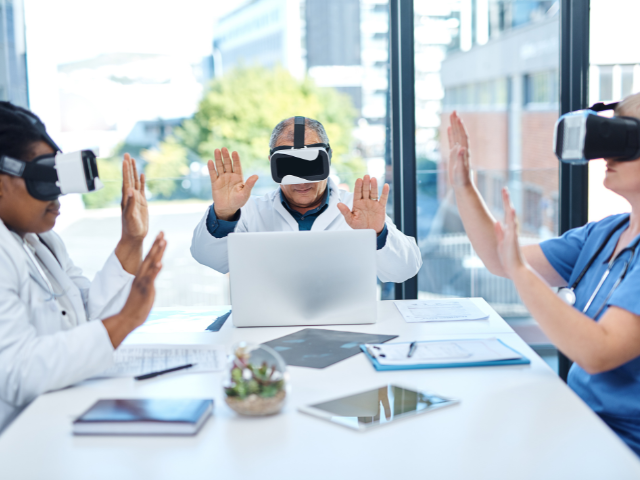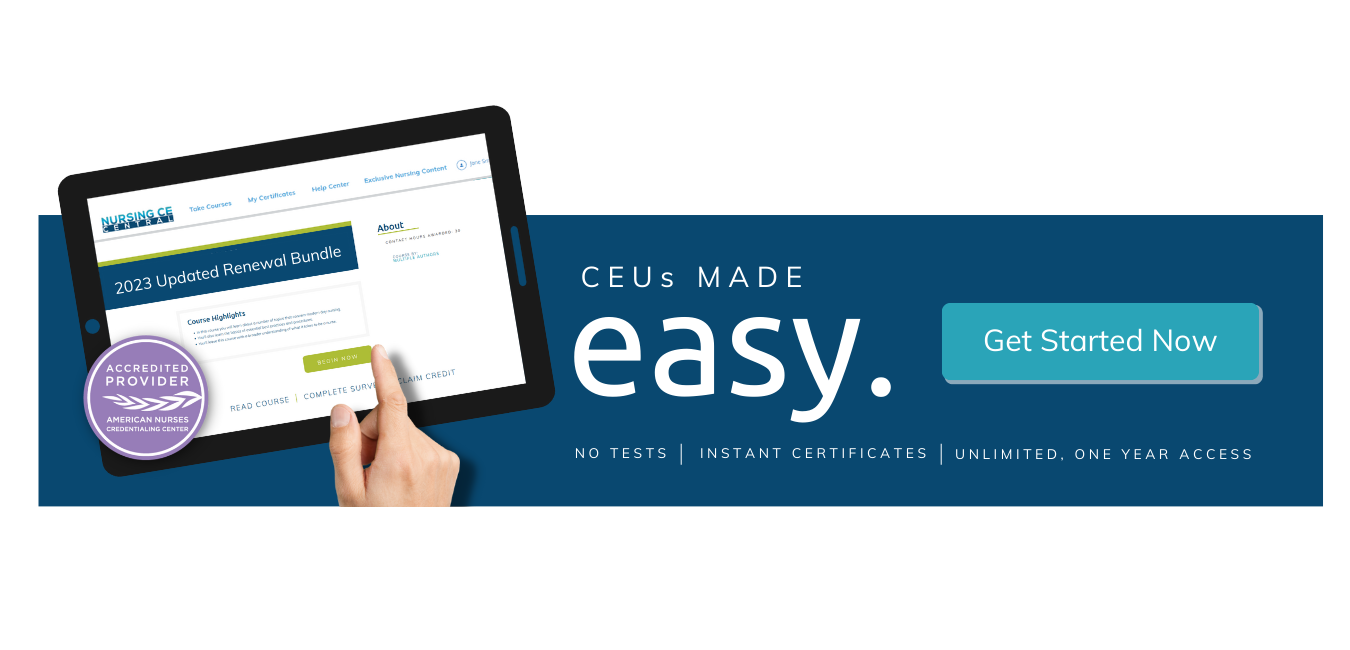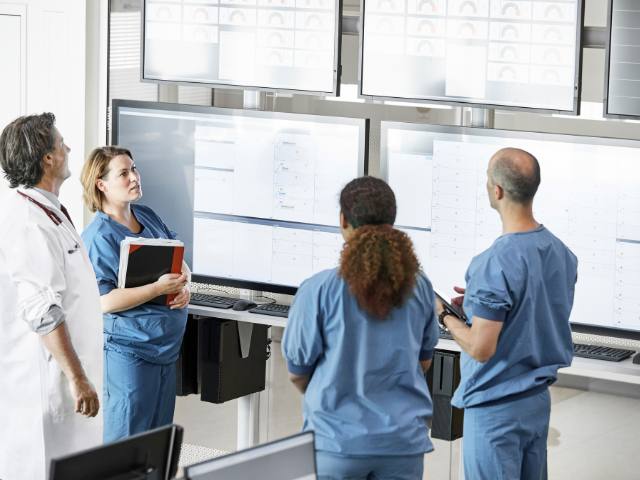Helping Nurses Manage New Healthcare Technology
If new technology is the way of the future, how can healthcare organizations help nurses adapt and, at the same time, reduce the burden of new technology fatigue?
Let’s walk through a few suggestions:
Establish a clinical technology team
The purpose of a devoted clinical technology team is to develop, organize, train, and provide go-live support for the technology equipment nurses use. This team would provide clinical education guidance and support to technologies affecting staff workflow, regulatory tracking standards, patient safety, and user experience. Bridging the gap between the continuous advancement in clinical technology equipment and the staff who use it.
For example, if a system is rolling out new beside monitors, the clinical technology team would provide advanced education from the vendor and organization-developed material such as videos or tip sheets. When the new product goes live, the clinical technology team would provide elbow-to-elbow site support for troubleshooting, technical issues, or optimization suggestions. This increases the visibility of new technology and the confidence of using new equipment with a designated support team on hand.
Provide paid routine education hours
Routine paid education time can include devoted hands-on training for equipment and online accessible training material. Additionally, devoted education provides the opportunity for leadership to communicate upcoming technology changes to staff. This also allows time for transparency and a proper “heads up” notice of new equipment. Staff then have time to learn, ask questions, and provide constructive feedback on utilization of new technology products.
Understandably, organizations routinely go through new contracts with vendors to promote the best care and cut costs for the organization. Therefore, staff should be routinely educated and timely informed of those known changes in advance.
Incorporate subject matter experts and super users to provide on-unit support
Bolstering the use of subject matter experts (SMEs) or super users for equipment can again provide extra education and peer training support on-site for staff. Having confident SMEs throughout the healthcare setting would promote safe use of new technology equipment. Learning from trusted peers helps teamwork and camaraderie. SMEs can be a safe avenue for staff to be able to relay problems or inefficiencies back to leadership.









